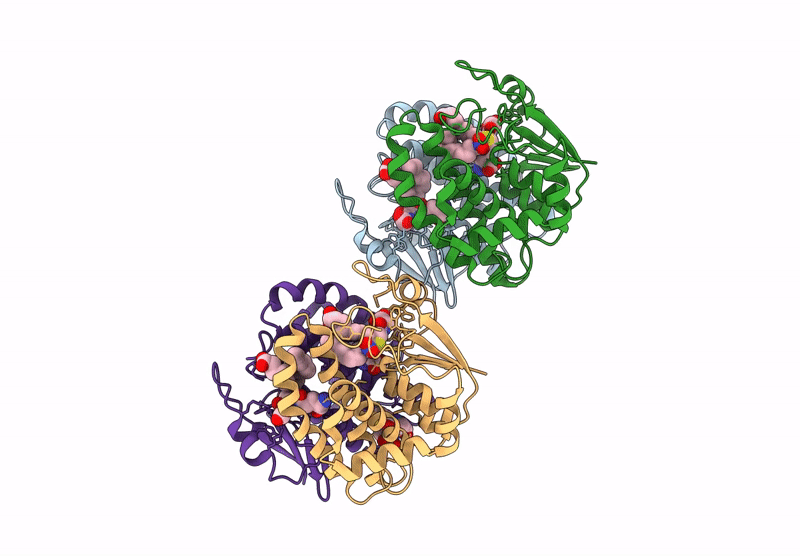
Deposition Date
2024-01-16
Release Date
2025-03-12
Last Version Date
2025-04-09
Entry Detail
PDB ID:
8VOU
Keywords:
Title:
Human glutathione transferase M1-1 in complex with the adduct between glutathione and nitrooleic acid
Biological Source:
Source Organism:
Homo sapiens (Taxon ID: 9606)
Host Organism:
Method Details:
Experimental Method:
Resolution:
2.55 Å
R-Value Free:
0.22
R-Value Work:
0.19
R-Value Observed:
0.19
Space Group:
P 21 21 21


